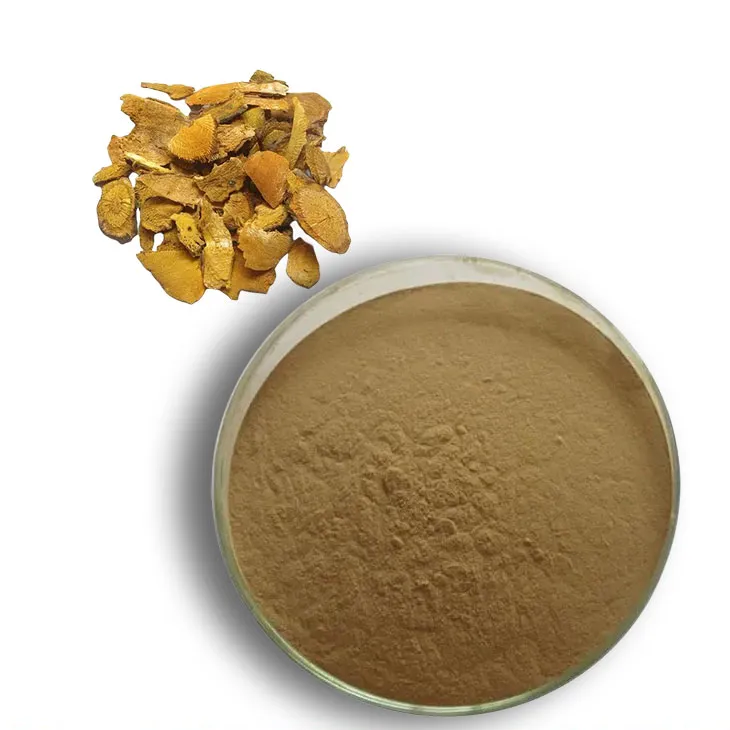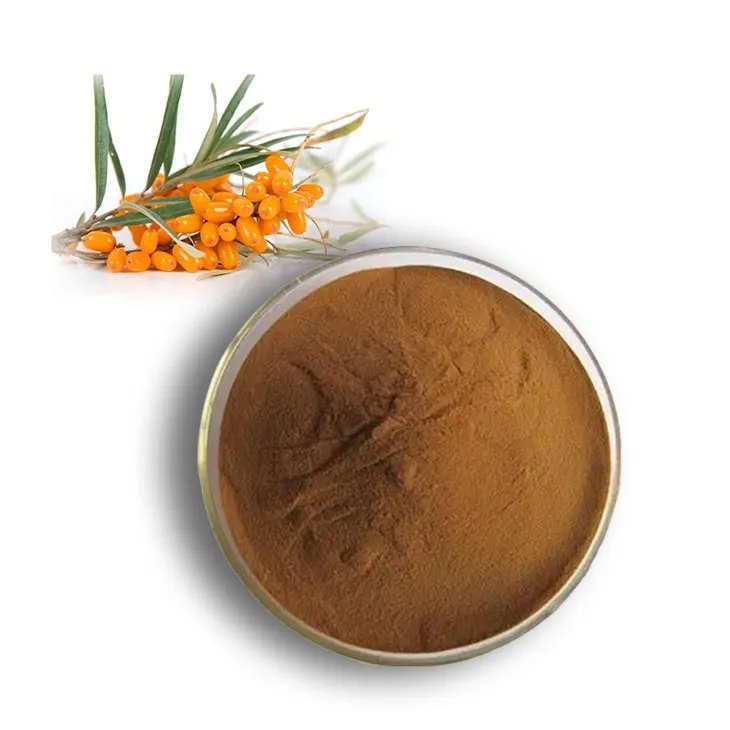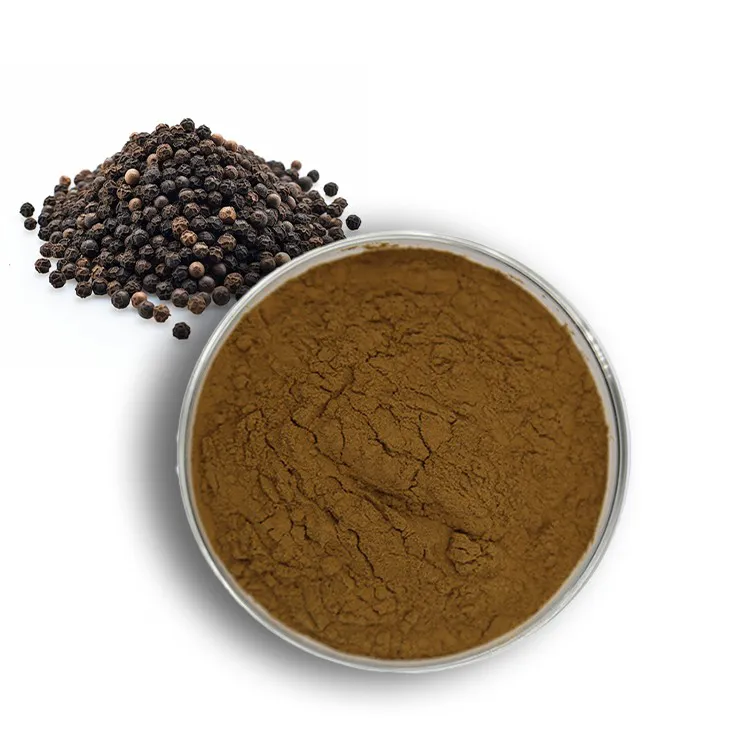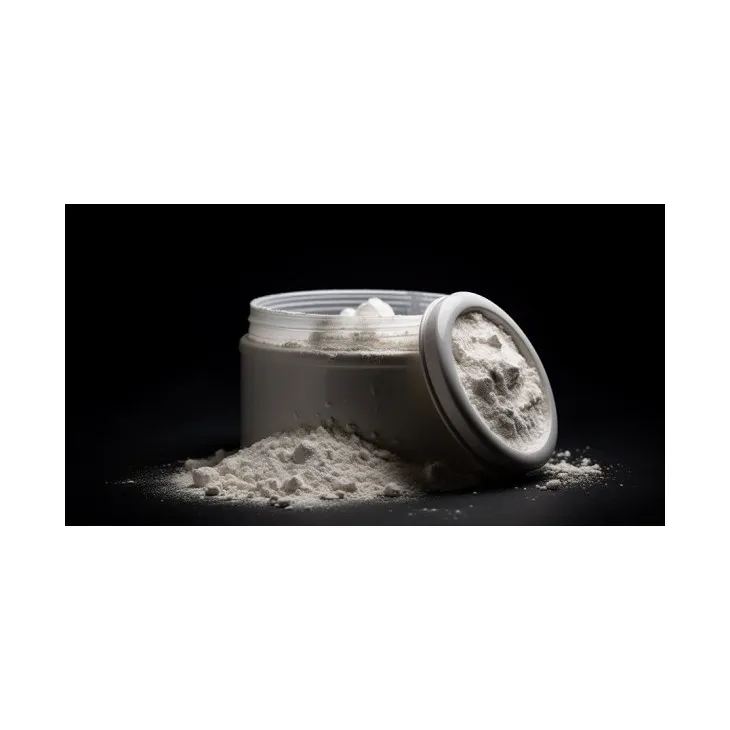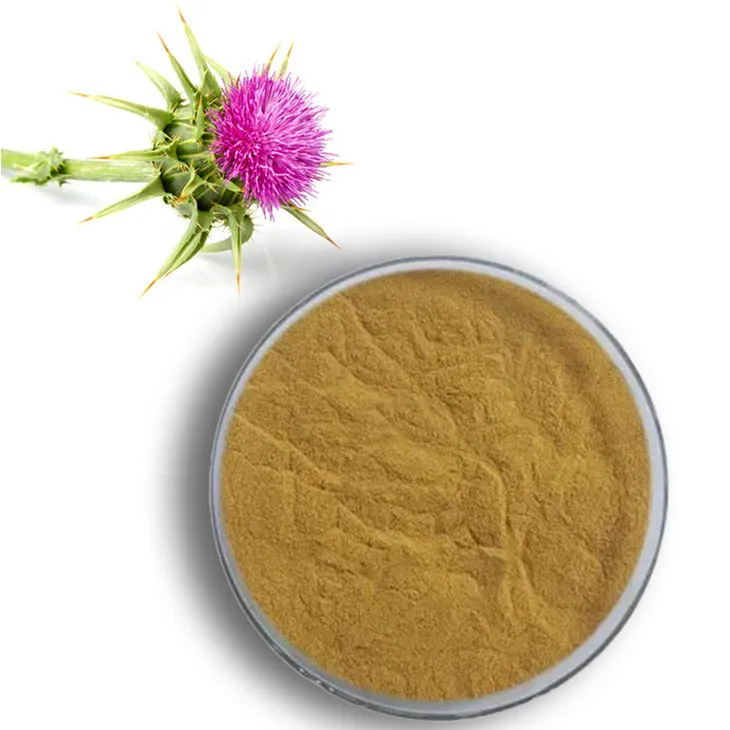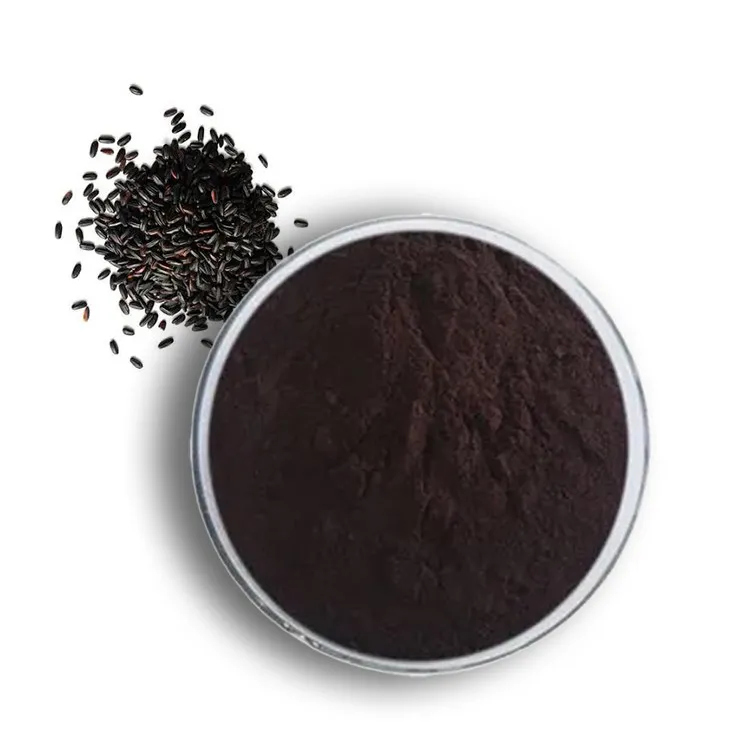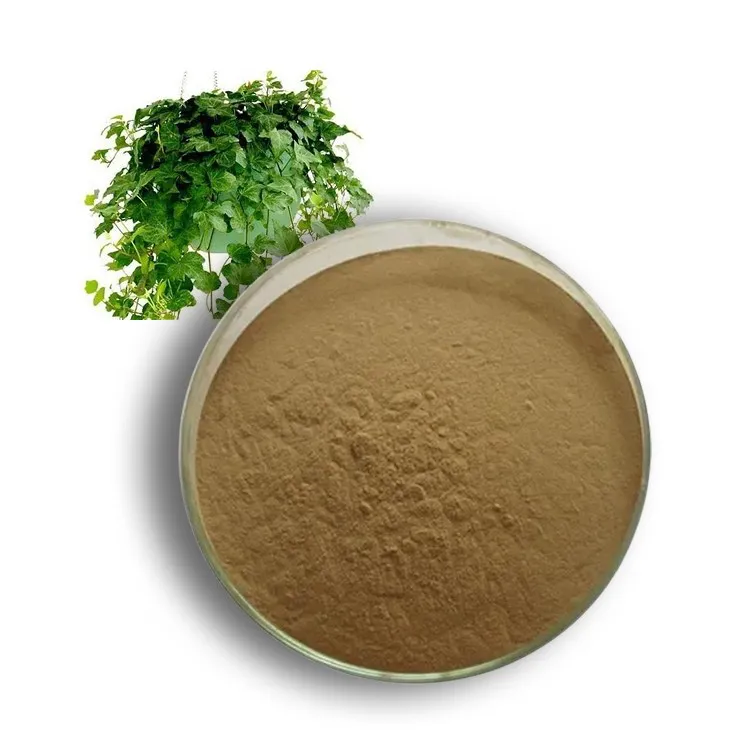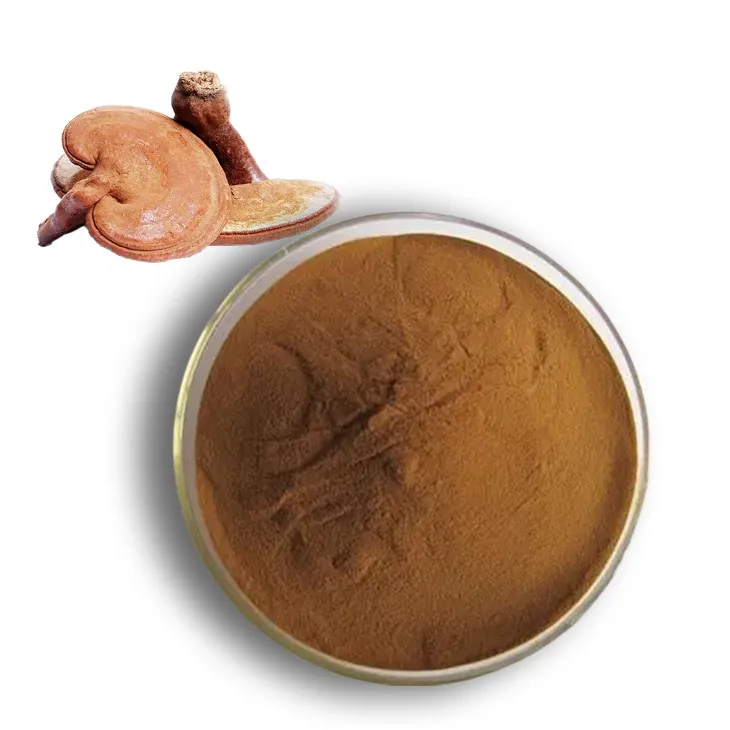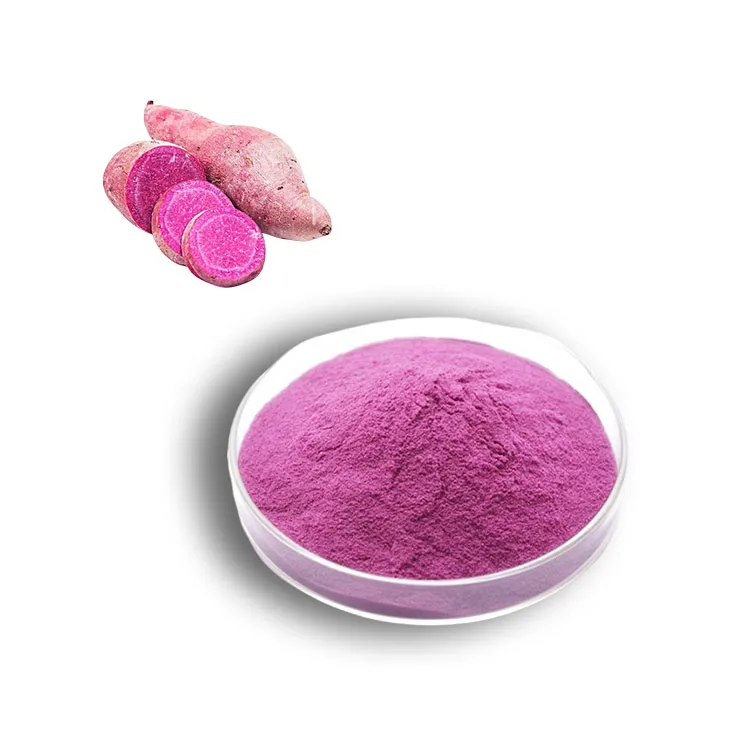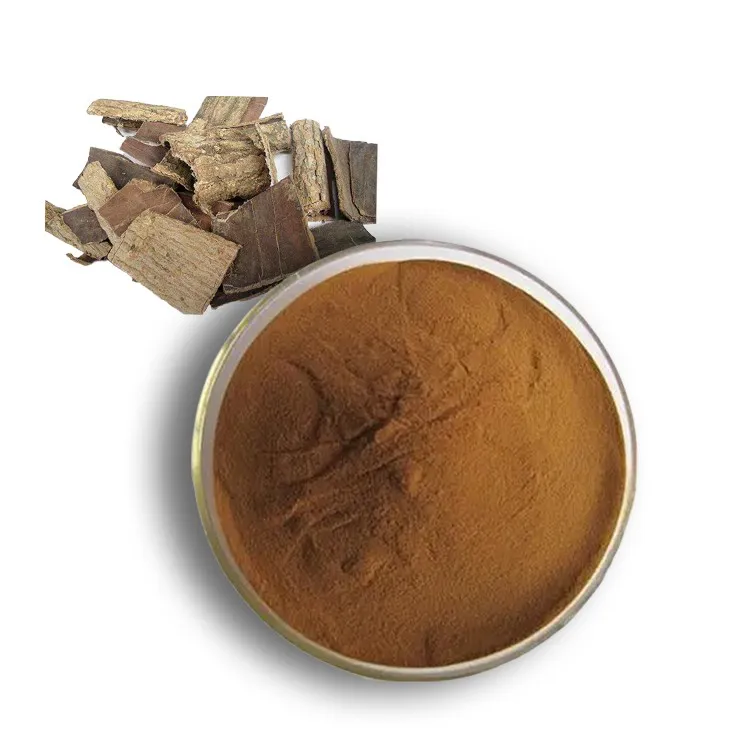- 0086-571-85302990
- sales@greenskybio.com
Gut Microbiome Diet Boosts Key Hormone for Metabolic Health
2025-07-30
Imagine strolling through your grocery store, knowing that every food choice can do more than satisfy hunger—it can trigger a powerful hormone in your gut that helps control appetite, blood sugar, and energy. According to Dr. Colleen Cutcliffe, founder of Pendulum Therapeutics and expert in microbiology and biochemistry, the secret to better metabolic health lies not in a pill, but in your kitchen. By nourishing your gut microbiome, you can naturally stimulate your body’s own production of GLP-1, a hormone crucial for appetite and glucose regulation.
GLP-1 (glucagon-like peptide 1) is a hormone that signals fullness after eating and aids in sugar metabolism. Prescription medications have spotlighted synthetic GLP-1 in weight management, but your body is already built to make this hormone naturally—if your gut microbiome is in balance.
Cutcliffe’s research began after a personal experience: her daughter, born prematurely and given multiple rounds of antibiotics, inspired her to investigate how gut bacteria impact lifelong health. "GLP-1 is your body's way of signaling to the brain that you’re full and ready to process sugar," says Cutcliffe. "But you can only get the full benefit if your microbiome has the right bacteria."
Specifically, two bacterial strains—Akkermansia muciniphila and Clostridium butyricum—are central to GLP-1 production. These microbes help your body maintain healthy hunger cues, stable blood sugar, and optimal metabolism. Without them, it’s harder for your body to regulate these essential processes.
Akkermansia: The Gut’s Keystone Bacteria
Among the gut’s bacterial community, Akkermansia holds a unique role. It not only supports GLP-1 production but also maintains the integrity of your gut lining, which acts as a key barrier against inflammation and illness. Cutcliffe likens the gut lining to a fence, with Akkermansia perpetually repairing and reinforcing it. If this bacterial strain is lacking, the "fence" weakens, allowing potentially harmful molecules into the bloodstream and increasing risk for a range of metabolic issues.
How to Eat for GLP-1 Support: Shopping List
To support your microbiome and boost GLP-1 naturally, focus on the following foods:
1. Fiber-Rich Foods
- Leafy greens: collards, kale, spinach
- Cruciferous vegetables: broccoli, Brussels sprouts
- Jerusalem artichokes (sunchokes)
- Asparagus
- Flax seeds
High-fiber foods nourish Akkermansia, encouraging its growth.
2. Polyphenol-Rich Options
- Berries: raspberries, blueberries, blackberries
- Pomegranates
- Cranberries
- Green tea
Polyphenols feed beneficial gut bacteria, including the strains linked to GLP-1 production.
3. Quality Proteins
- Lean meats: chicken, turkey
- Fish: salmon, sardines
- Eggs
Akkermansia uses mucin—a meat byproduct—so a variety of high-quality proteins bolster microbial diversity.
4. Embrace Dietary Diversity
Include a broad mix of high-fiber vegetables, polyphenol-rich fruits, and clean proteins in your weekly meals. This diversity builds a resilient microbiome, helping your gut adapt and thrive for lifelong metabolic health.
Emerging microbiome research is empowering people to take charge of their metabolism from the inside out. Instead of relying solely on medication, you can use food to naturally enhance GLP-1 production, regulate cravings, balance blood sugar, and maintain energy. The path to lasting metabolic balance could begin with what you put in your grocery cart.
- ▶ Hesperidin
- ▶ Citrus Bioflavonoids
- ▶ Plant Extract
- ▶ lycopene
- ▶ Diosmin
- ▶ Grape seed extract
- ▶ Sea buckthorn Juice Powder
- ▶ Fruit Juice Powder
- ▶ Hops Extract
- ▶ Artichoke Extract
- ▶ Mushroom extract
- ▶ Astaxanthin
- ▶ Green Tea Extract
- ▶ Curcumin
- ▶ Horse Chestnut Extract
- ▶ Other Product
- ▶ Boswellia Serrata Extract
- ▶ Resveratrol
- ▶ Marigold Extract
- ▶ Grape Leaf Extract
- ▶ New Product
- ▶ Aminolevulinic acid
- ▶ Cranberry Extract
- ▶ Red Yeast Rice
- ▶ Red Wine Extract
-
Giant Knotweed Extract
2025-07-30
-
Buckthorn bark extract
2025-07-30
-
Black Pepper Extract
2025-07-30
-
Aminolevulinic acid
2025-07-30
-
Milk Thistle Extract
2025-07-30
-
Black Rice Extract
2025-07-30
-
Ivy Extract
2025-07-30
-
Reishi mushroom extract
2025-07-30
-
Purple Sweet Potato Extract
2025-07-30
-
Eucommia Ulmoides Extract
2025-07-30











